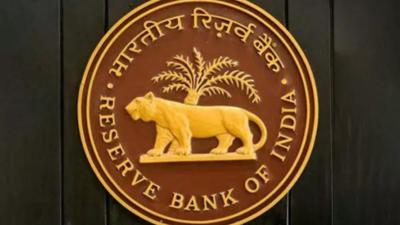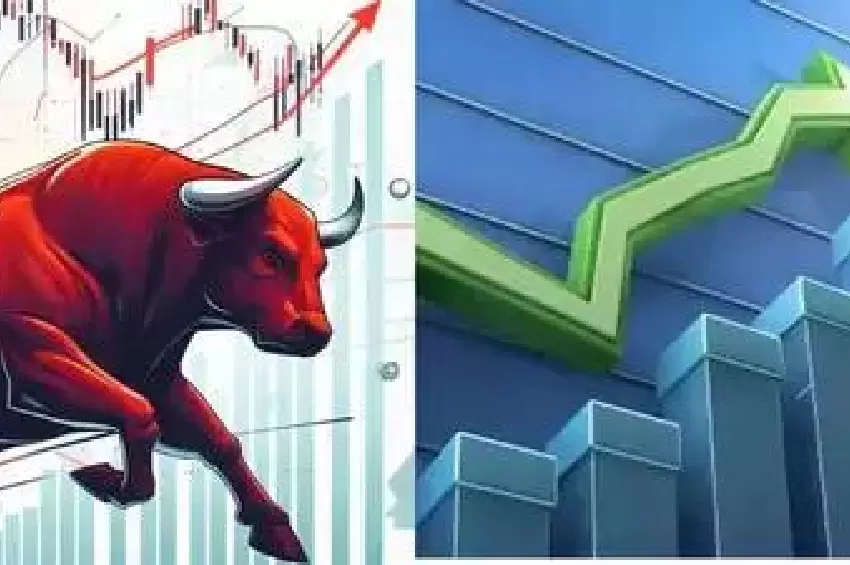India's Household Debt: A Rising Concern or a Sign of Growth?
According to a recent report by the Reserve Bank of India (RBI), household debt in India has seen a significant rise over the past three years. Despite this increase, India's household debt remains relatively low when compared to other emerging market economies (EMEs).

Understanding the Dynamics of Household Debt in India
The report reveals that as of June 2024, household debt stood at 42.9 per cent of GDP at current market prices. This increase is primarily attributed to a rise in the number of borrowers rather than an increase in the average indebtedness per individual. Borrowing by individuals in the household sector accounted for 91 per cent of the total household financial liabilities as of March 2024.
What Are Indians Borrowing For?
Indian households borrow mainly for three purposes: consumption, asset creation, and productive activities. Consumption includes personal loans, credit card debt, and loans for consumer durables. Asset creation encompasses mortgage loans, vehicle loans, and two-wheeler loans, while productive activities include loans for agriculture, business, and education.
The Credit Quality of Borrowers
An interesting aspect of the report is the credit quality of borrowers. Nearly two-thirds of the loan portfolio belongs to borrowers with prime or higher credit quality. Subprime borrowers largely took loans for consumption purposes, whereas super-prime borrowers predominantly used debt for asset creation, especially for housing.
Financial Stability and Future Outlook
From a financial stability perspective, the RBI views the increase in debt among highly rated borrowers positively. This trend, coupled with the use of debt for asset creation, is seen as a development that enhances credit quality and financial resilience. This analysis sheds light on the evolving borrowing patterns in India, reflecting both increasing financial inclusion and the diverse credit needs of households.









Comments